
WA WB View E NN F GB GC GA Mounting nut Mounting nut Relief port M5 x 0.8 Rod end nut MM NN F Piping port 2 x M5 x 0.8 Cover surface D LY LB LH LT LZ LX LT S + Stroke H NA A NB Y X Y X 4 x LC Mounting hole LS + Stroke Z + Stroke WW C B 0 0.3 B 0 0.3 Drawing of view E (mm) Z S WW WB WA NB NA NN MM H GB GA F D C B A Y X 91.5 92.5 LS LZ 42 42 25 25 LY LX 33 33 2.3 2.3 LT 14 14 LH 5.5 5.5 LC
q i w t ARJ y AR425 to 935 w r ARX t AMR e ARM ARM u y u q i ARP IR-A r o Replacement Parts Component Parts IR Description Material Part no.
-2No.PS-OMG0005CN-E / 1 1.5 *3) *3) 1 1 [] -3No.PS-OMG0005CN-E () () () () -4No.PS-OMG0005CN-E () * UL UL1310 2 UL1585 2 30[Vrms] 42.4[V ]2 UL SUS316L , (ZS-31-X175X186X188X189) () NG NG -5No.PS-OMG0005CN-E * (Nm) RNPTRc1/8 79 RNPT1/4 1214 TSJ Crawford fitting (Swagelock )URJ Cajon (VCR ) FG (50N () () 6 33 ( ) () -6No.PS-OMG0005CN-E 30m DC(-)() () * ( ) () CE -1060 *
Since the PTFE seal is used for element e, a certain amount of force is needed to set the element. Set the element in the following procedure. Handle element e carefully to keep it clean, for example, open the element package only when the element is mounted. a. Fit the grooved part of gasket w into the flange part of case q. b. Place element e in case q.
Component Parts No. q w e r t y No. u i o !0 !
Key Position and Rotation Range Single vane type Double vane type 90 180 270 90 n o r a a ti r n n g n a o e g n o t ti r a ti o n a a 2 e g t r t o 7 e o 1 r y 0 r 9 8 y e 0 y +4 0 e 0 Key K e K +4 0 +4 0 K +4 0 Key Key 0 (45) 9 Key e Standard Optional g n a r n o ti a t o r (90) y e K (45) (45) A port B port A port A port A port B port B port B port 100 190 280 100 a r n n n r o a g
3 q e w t !2 !4 !3 e !0 q o Spring acting/Spring return/With auto switch (Built-in magnet) Single acting/Spring extend/With auto switch (Built-in magnet) 12, 16 !2 t w !4 y i !1 !3 e !0 q o t w !0 r q o i !1 !3 e 20, 25 w t !2 !4 !1 !3 e !0 q o w t !0 r o q !1 !3 e Component Parts Rod end nut No.
Vacuum Pad: Ball Joint Type Series ZPT/ZPR Pad diameters: 10, 13, 16, 20 25, 32, 40, 50 rp ti on so ad on r sl fo a nt al e e d id w e or p ty k t s in u rf o j a ll c a e B s Series ZPT: Vertical vacuum entry type Series ZPR: Lateral vacuum entry type One-Touch fitting Vacuum Pad: Ball Joint Type Series ZPT/ZPR Pad diameters: 10, 13, 16, 20, 25, 32, 40, 50 Pad materials: NBR, Silicon rubber
Since the PTFE seal is used for element e, a certain amount of force is needed to set the element. Set the element in the following procedure. Handle element e carefully to keep it clean, for example, open the element package only when the element is mounted. a. Fit the grooved part of gasket w into the flange part of case q. b. Place element e in case q.
Parenlneses CPA1 BN do Boot with Boot' BORE D E G'GB J K M MM N P H z.
CH2 double acting hydraulic cylinders conform to JIS B 8367 specifications. Surge pressure generated when running into the cushion has been reduced by 30% or more compared to the CH series, due to the CH2s cushion seal system. Separate construction of the rod cover simplifies maintenance. Available in bore sizes 32mm to 100mm. All series types are available with auto switch capability with
CH series hydraulic cylinders are available in compact, round body, JIS or tie-rod types. Nominal pressure ranges from 3.5MPa to 16MPa. Bore sizes are available, depending on the series, from 20 to 160. Auto switches are available on most models.Projection area, weight, and overall length has been reduced when compared to the CH2 series, Applicable bore sizes: 32mm, 40mm, 50mm, 63mm, 80mm
Series CM2 stainless steel cylinders are compact, lightweight and offer high performance. Improved piston seal and rod seal greatly improve the units life. Rubber bumpers are standard. The CM2 series offers a variety of mounting options and is auto switch capable. Fine lock cylinder, CLM2, Double acting, single rod, 10 mounting options available, Air hydro option available, Auto switch capable
Series CM2 stainless steel cylinders are compact, lightweight and offer high performance. Improved piston seal and rod seal greatly improve the units life. Rubber bumpers are standard. The CM2 series offers a variety of mounting options and is auto switch capable. Fine lock cylinder, CLM2, Double acting, single rod, 10 mounting options available, Air hydro option available, Auto switch capable
Series CM2 stainless steel cylinders are compact, lightweight and offer high performance. Improved piston seal and rod seal greatly improve the units life. Rubber bumpers are standard. The CM2 series offers a variety of mounting options and is auto switch capable. Fine lock cylinder, CLM2, Double acting, single rod, 10 mounting options available, Air hydro option available, Auto switch capable
Head Flange: CG3GN Bore size Stroke With rubber bumper Width across flats KA GA GB 4 x FD 8 x J 2 x P F R0.5 H1 0 E 0.05 MM D FX 0.15 0 E 0.05 I B C Corner of the cover (20 to 63) H A AL Width across flats B1 Width across flats NA F FT C FX 0.15 S + Stroke ZZ + Stroke B End boss is machined on the flange for E.
If it is forcefully disassembled, it could lead to damage. 10-19-12 13 Floating Joint: Stainless Steel Type Series JS Construction 10, 16 20 to 63 q u t y r e w y q t e w r RE A B REC CX Component Parts Component Parts CY No. Description Material Note No.
2 %5r CNA CNS Description Material Note Component Parts No. q w e r t y u i o !0 !1 !2 !3 !4 !5 !6 !7 !8 !
Courtesy of Steven Engineering, Inc.-230 Ryan Way, South San Francisco, CA 94080-6370-Main Office: (650) 588-9200-Outside Local Area: (800) 258-9200-www.stevenengineering.com 2-J CX E DB A C D -X (mm) 20B A 53 77 112 160 C 15 35 45 55 D 26 50 64 80 E 4.9 8 11.7 14.8 F 3 5 6 8.5 G 6.5 9.5 11 14 H 3.4 5.5 6.6 9 J M4 x 0.7 M6 x 1 M8 x 1.25 M10 x 1.5 Model Applicable cylinder MY3A16, MY3B16
Fluid Electrode Electromotive force (E) The electromotive force (E) is proportional to the fluid velocity (V) multiplied by the magnetic flux density (B). The volume flow is calculated by converting the measured electromotive force (E). An oval fluid passage is used to improve the magnetic flux density generated by small amounts of current.
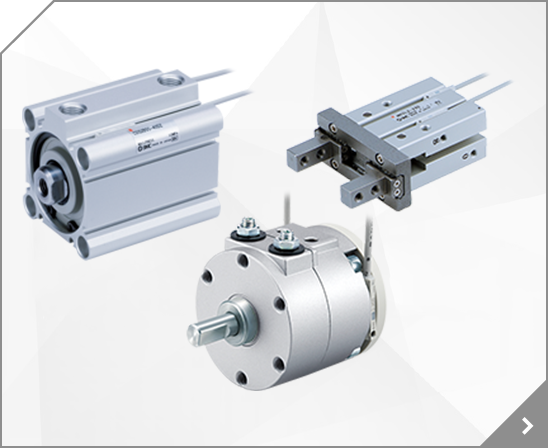


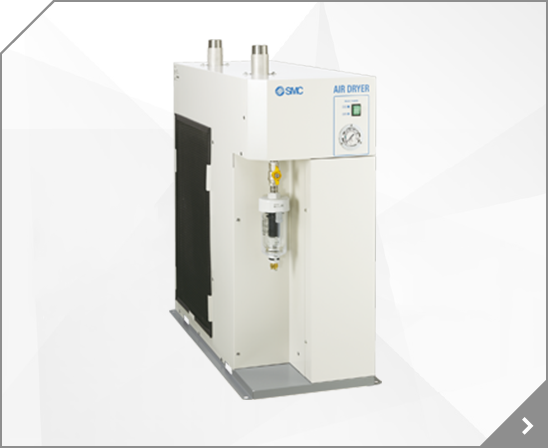
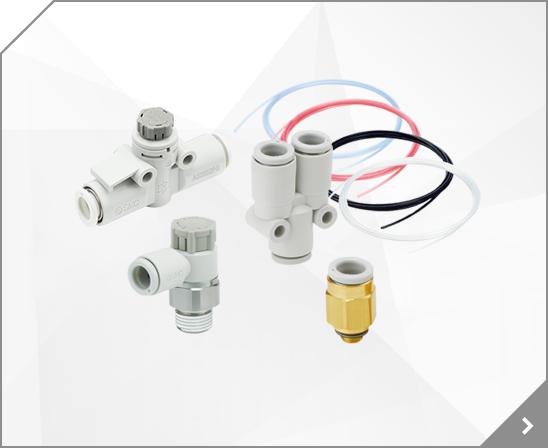
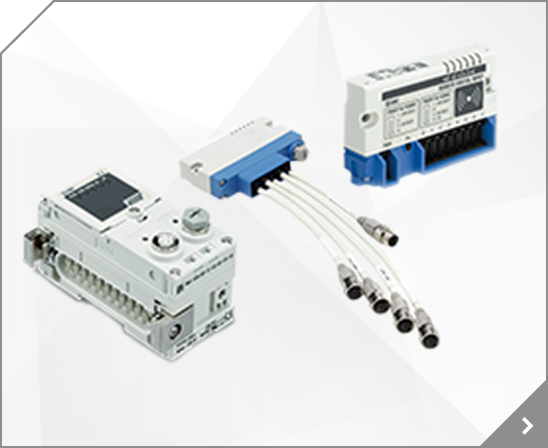
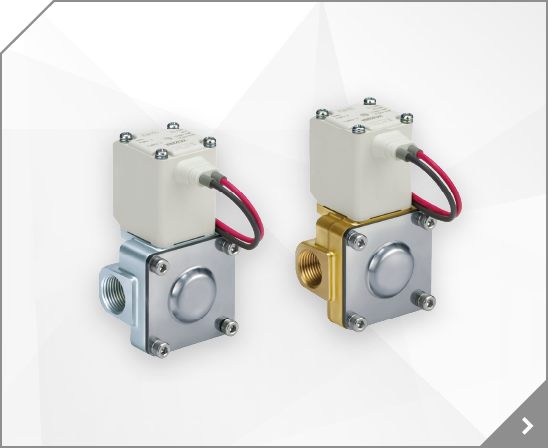
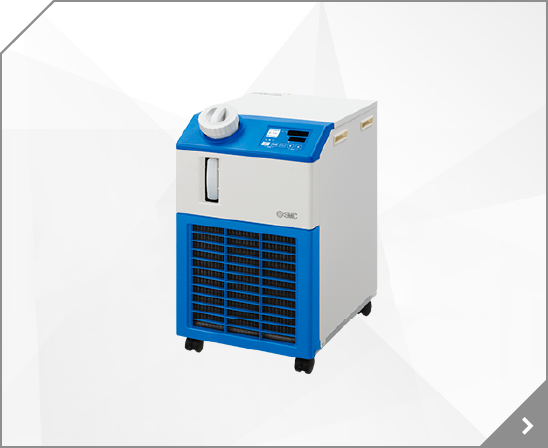
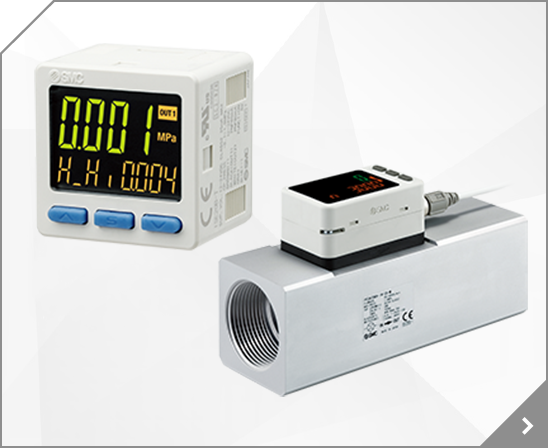
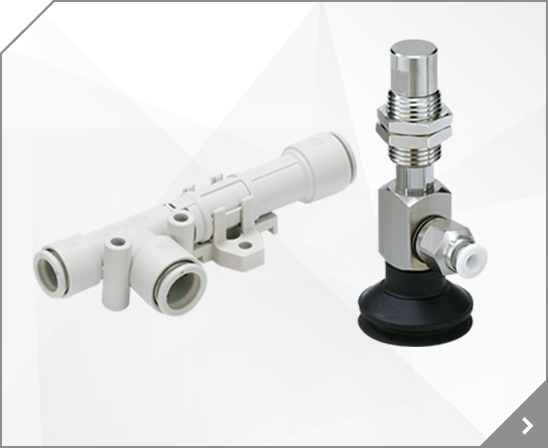

 CJ2-Z 10-/11- Series 21-/22- ø10, ø16 Air Cylinder
CJ2-Z 10-/11- Series 21-/22- ø10, ø16 Air Cylinder